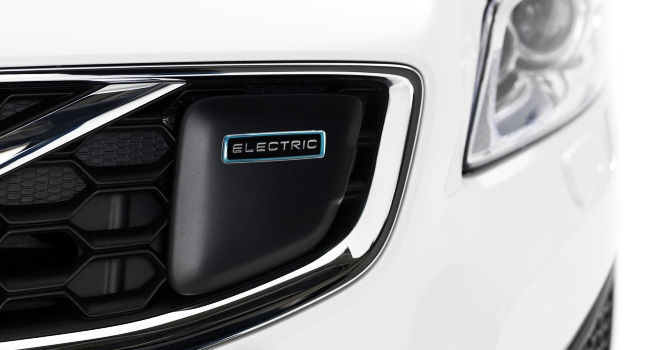For all the advantages they offer in every-day driving, modern EVs are faced with the same problems around the world, regardless of which market they are sold in: the high acquisition cost, coupled with the limited range and underdeveloped infrastructure, limit the appeal of what is otherwise becoming quite a viable technology.
China too is faced with the same issues, despite the fact that they can improve the charging network on a much larger scale, and can do so with more ease than some other countries, where change is brought about more slowly.
Until widespread adoption of EVs becomes a reality, local automakers will have to adopt the same fuel-saving measures as the established manufacturers, like turbocharging, direct injection and efficient automatic gearboxes with more than six gears.
As Chrysler North East Asia operations VP, Bill Russo, told WardsAuto, “technologies which improve efficiency of gasoline-powered cars are being featured, since they provide a clear value proposition for today’s consumer.” The trend is also being speculated by BorgWarner, which sells turbochargers in China and others like them. They expect their business to double in the next three years, after having been on the market for the same amount of time.
Company execs suggest that 80 percent of the turbochargers will be fitted to engines with displacements ranging from 1.4- to 2.0-liters, which are the most popular in China. Furthermore, most of these engines will eventually end up having direct injection systems in conjunction with forced induction.
The use of gearboxes with more than six speeds is very rare among Chinese automakers, but according to driveline and transmission manufacturer Ricardo, self-shifters with 9 or 10 gears will become the norm on the local market by the year 2020.
In conclusion, mass adoption of EVs is still a long way in the future, even in China, and the current “conventional” technology will continue to be improved. Only 11,375 all-electrics were sold in the country last year, but I doubt they will reach the planned five-million examples sold by 2020 target.
By Andrei Nedelea
Story References: WardsAuto
PHOTO GALLERY















